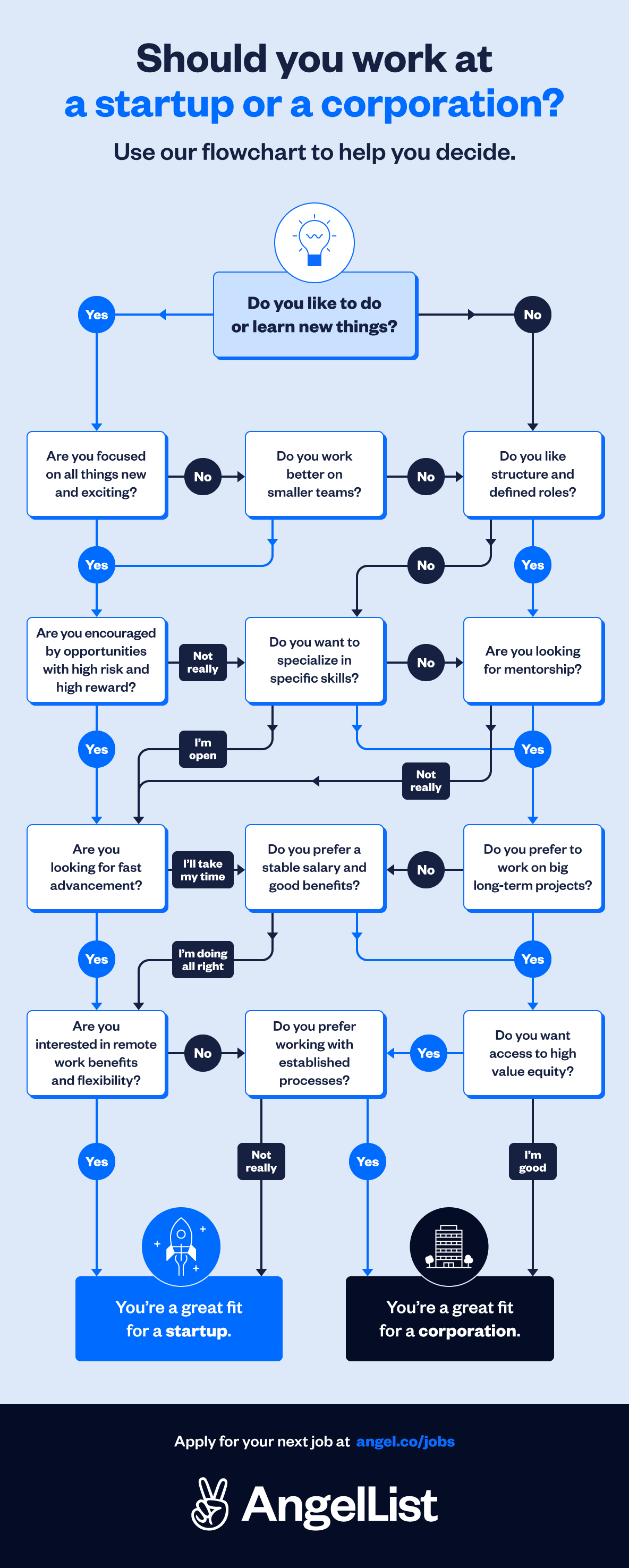
New employees are given a 30-60-90-day plan that helps them establish goals and measure their progress. The plan contains goals, priority and measures as well as a template. To start creating a 30-60-90 day plan, ask yourself a few questions. Once you have a clear view of the things you want to do in the given time, you will be able to create your goals and prioritize.
Goals
Your 30- to 60-day plan should include realistic goals. These goals must be attainable and quantifiable. However, it is important to keep in mind that the first 30 working days are crucial for you to get used to your new job and learn about the organization. Many managers want to rush in and get things done, but you need to take your time, learn as much as possible about your new role, the organization, and your employees.
This phase will help you identify your priorities, understand your team, and your stakeholders. You should also identify pain points in your organization. This allows you to identify the skills you need to improve. This allows you to apply your new skills in the 90-day phase.

Priorities
A 30--60-90-day plan is a good option if you are looking to make major changes in your business. This plan can help you establish short-term goals that will make it easier for you to reach them. As time passes, you can add new goals to make it easier. You can set learning goals to expand your knowledge, or performance goals to complete specific tasks.
Creating a 30-60-90 day plan can also help new hires adjust to their new role. This plan can be used to help new employees and managers adapt quickly by setting goals and providing metrics for measuring success. A 30--60-90-day plan is helpful in the onboarding process of new employees and for managers.
Measuring success
A successful 30-60-90-day plan must have clearly defined goals that can be achieved over the course of the plan. These goals must be realistic, specific, and focused. Ultimately, a 30-60-90 day plan is meant to help new managers transition smoothly into the organization.
Setting goals can be a difficult skill. SMART goals are the best. SMART goals are easily measurable, achievable, time-bound, and measurable. They reflect a positive attitude as well as your dedication and commitment to the job.

Template
A 30--60-90-day plan is a useful tool for setting short-term goals, whether you are new to the job or an employee. This plan can help identify the activities that will be required during the first three months. For example, learning more about your job. Managers can use it to establish expectations for newly hired and promoted employees.
Using a 30-60-90-day plan template can help you organize your tasks by priority and dependencies. This plan can also be used for training and education planning.